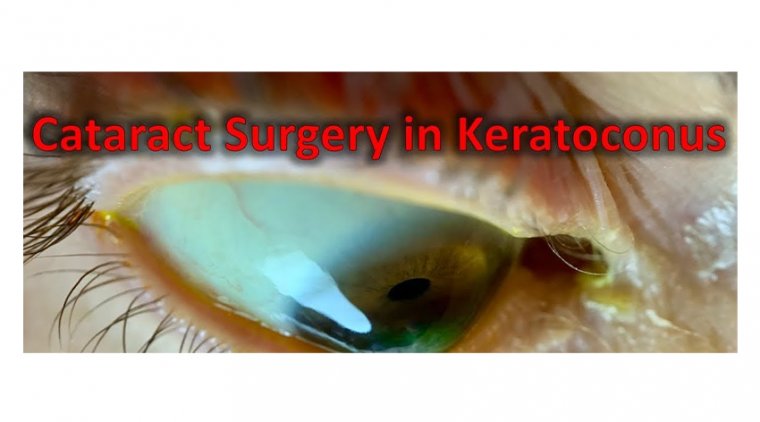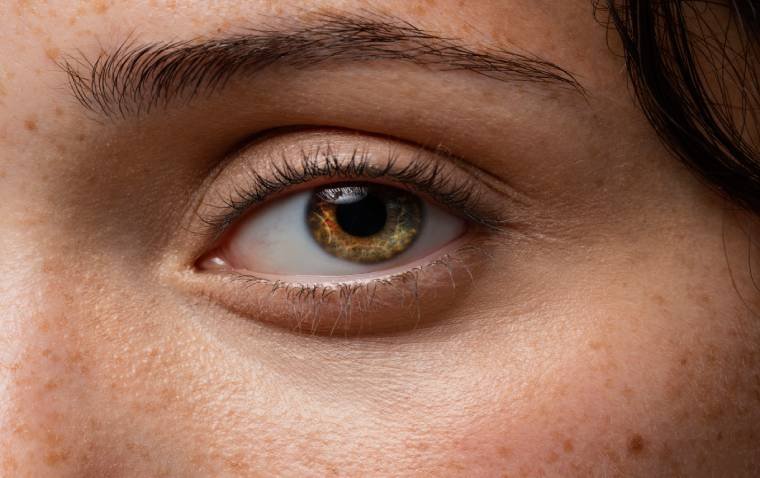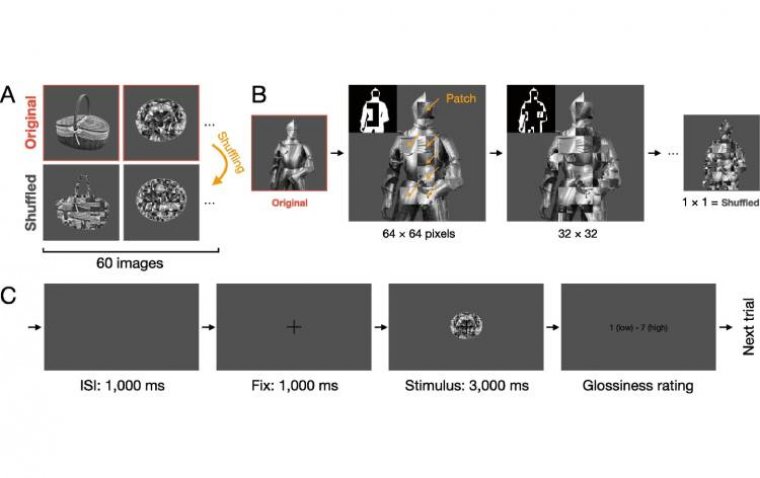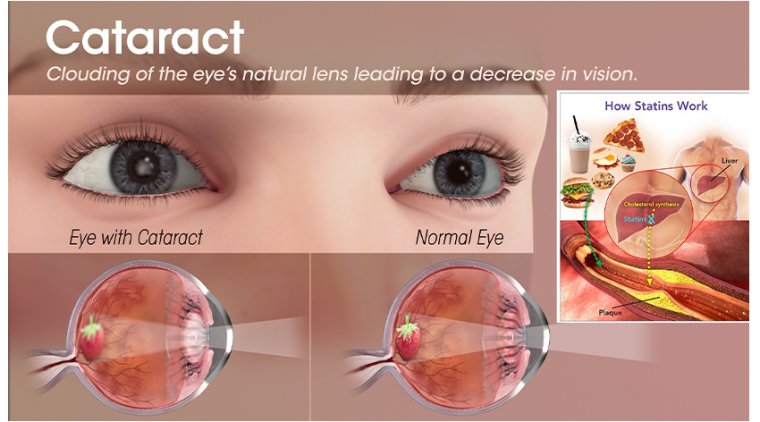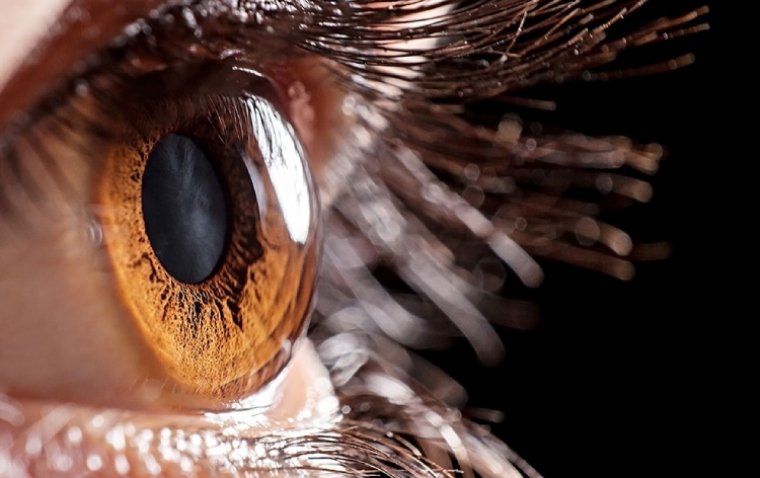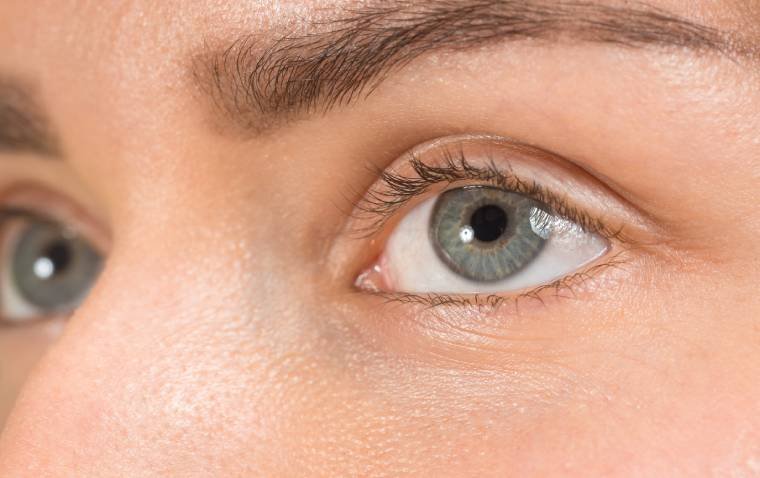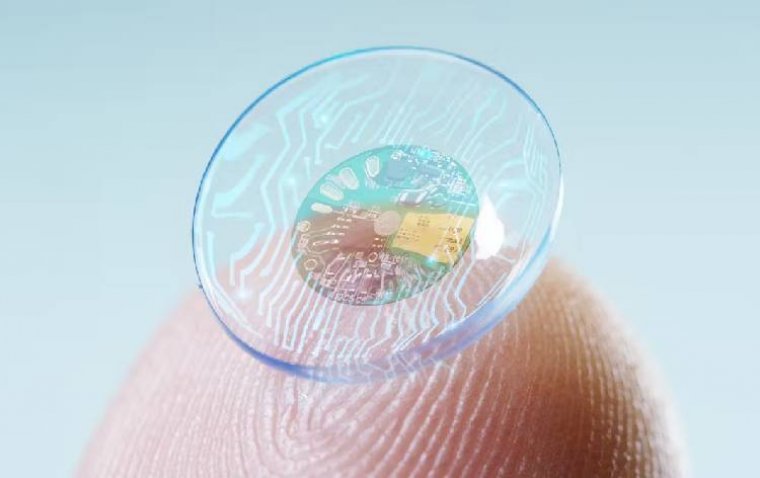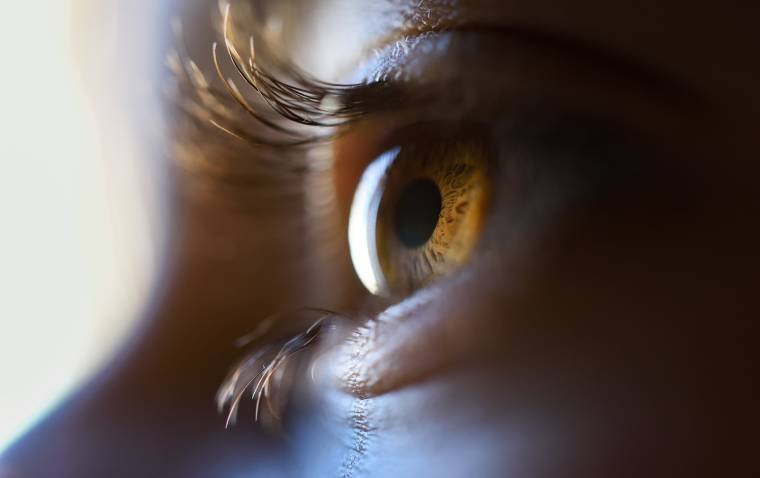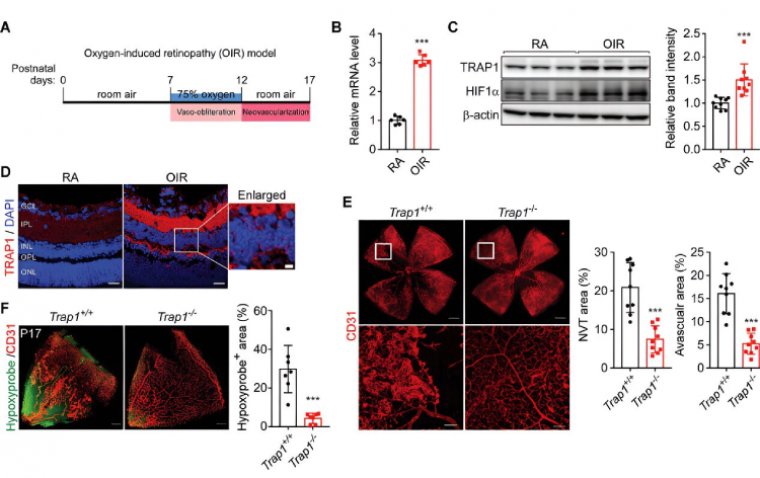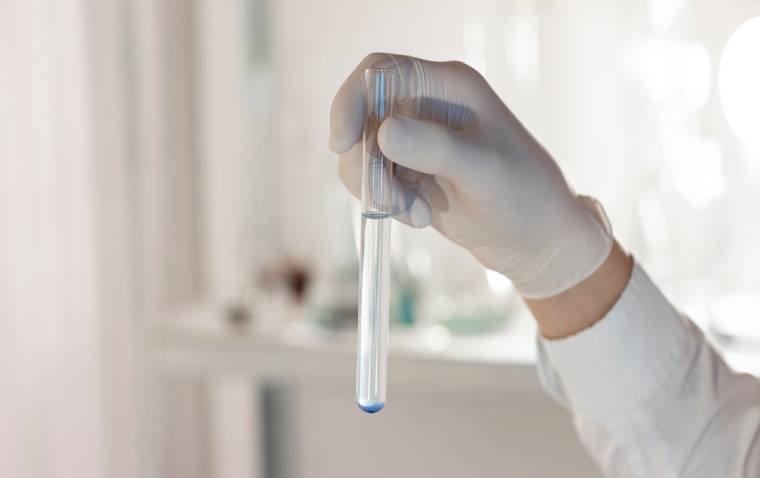
Study Finds Human Breast Milk May Aid in Corneal Wound Healing
A recent study led by Sarah N. Pimple, MD, and colleagues from the Department of Ophthalmology at the University of Colorado School of Medicine, Anschutz Medical Campus, has shown that human breast milk (HBM) contains bioactive molecules that may promote corneal epithelial wound healing.
Rationale Behind the Study
The study was inspired by anecdotal reports of mothers using breast milk to treat blocked tear ducts, rashes, and chemical corneal burns in infants. The research aimed to explore whether breast milk could also facilitate the healing of corneal epithelial defects, which occur due to trauma or surgery and require the proliferation of epithelial cells from the limbus for proper healing.
Methodology: Murine Model Study
The researchers conducted a study using 8- to 12-week-old Balb/c mice. Under anesthesia, a 2-mm central corneal epithelial defect was created in each mouse. The mice were then randomly assigned to one of the following treatment groups:
• Human breast milk
• Ophthalmic ointment containing neomycin, polymyxin B, and dexamethasone
• Saline
Treatments were administered four times daily for two days, and wound areas were measured at 8, 24, and 48 hours post-injury.
Key Findings: Impact of Human Breast Milk on Corneal Wounds
The study revealed that corneas treated with human breast milk showed increased re-epithelialization as early as 8 hours post-injury compared to saline-treated corneas.
Cellular Proliferation
Enzyme-linked immunosorbent assays (ELISA) detected significantly higher levels of Ki67—a protein associated with cell proliferation—in HBM-treated eyes at 8 hours compared to saline (p=0.0278). Additionally, the number of Ki67-positive cells was significantly higher in the HBM-treated group at both 8 and 24 hours (p=0.0063 and p=0.0007, respectively).
Inflammatory Response
The levels of interleukin-1β (IL-1β), an inflammatory cytokine, were comparable between the HBM and saline groups, but were higher than those in the dexamethasone-treated group (p<0.05).
Macrophage Activation
Staining for CD11b, a macrophage marker, indicated a significantly higher presence of macrophages in the HBM-treated eyes compared to the saline group.
Stem Cell Activation
Quantitative reverse transcriptase polymerase chain reaction (qRT-PCR) analysis showed an up-regulation of alpha-V integrin, a marker for limbal stem cells, at 8 hours post-wounding in the HBM-treated eyes compared to the saline group.
Conclusion and Future Directions
The study concluded that human breast milk treatment enhances corneal wound healing, promotes cellular proliferation, and up-regulates limbal stem cell markers following epithelial debridement.
The authors emphasized the need for future studies to investigate the specific signaling molecules in human breast milk that contribute to these effects, potentially paving the way for novel, non-invasive therapies for corneal wound healing in clinical settings.
Reference:
Pimple SN, Pedler MG, Shieh B, et al. Human breast milk enhances cellular proliferation in cornea wound healing. Curr Eye Res. 2024;49:1138-1144; https://doi.org/10.1080/02713683.2024.2374836
(1).jpg)
